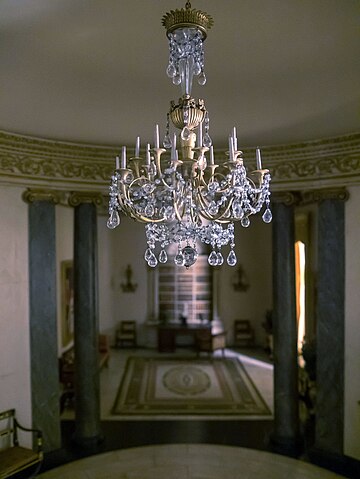Happy May Day! I hope you are staying safe, healthy, and
sane! To assist with the last, I thought you might like to know that a number
of museums are sharing online content that makes the hearts of history geeks go
pitter-patter.
For example, the British Museum is sharing tidbits from its
extensive holdings across the ages and the world. One caution: if you move
through history too fast (okay, I might have been a bit giddy!), you might
experience a little motion sickness in this interactive platform.
The National Gallery of Art in Washington DC has partnered
with Google to provide a perspective on historical fashion in Fashioning a
Nation.
And then there’s the maritime museums. Le sigh. As you may
remember, I’m a big fan of tall ships, the tall-masted sailing vessels of
bygone years. My dear Marissa once took me to visit Connecticut’s Mystic Seaport (can you tell she knows me well?), so I was particularly delighted to
learn that the museum, which recreates a nineteenth-century seafaring
community, is making many of its delights available for online viewing.
The Penobscot Marine Museum in Searsport, Maine, is posting
excerpts on its Facebook page from the 1892 diary of Ernest W. Perkins as he sails from Boston to
Buenos Aires on the barquentine Mabel I Meyers. Fascinating!
The Grays Harbor Historical Seaport, home of my beloved Lady
Washington, has also posted a number of videos on its Facebook page showing how
to set sails. Oh, but it makes me want to be on the Lady right now!
Have you seen other museums offering online options related
to the nineteenth century? Please share!


















